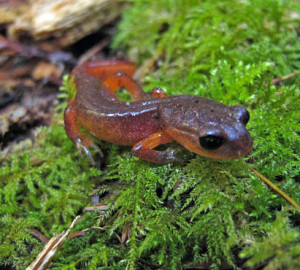Thinning Stands Boosts Wildlife Diversity
onFor many years, selective thinning has been considered a potential tool for accelerating old-growth forest characteristics in the dense stands of young trees that typically cover harvested redwood lands. Now, research by the US Forest Service has confirmed the wisdom of thinning, or removing select trees to reduce competition in a stand. Learn more about this research.




















